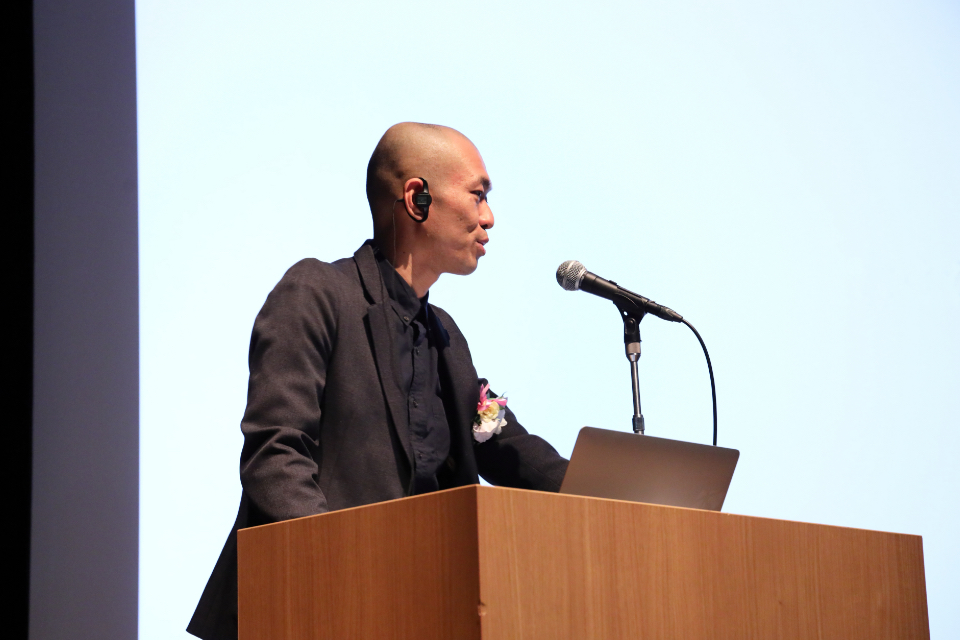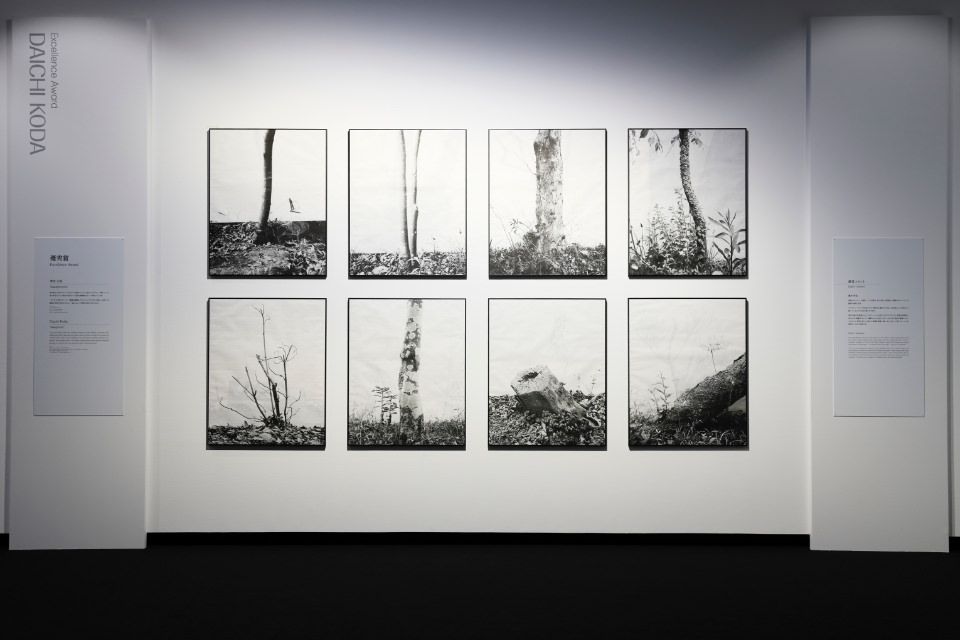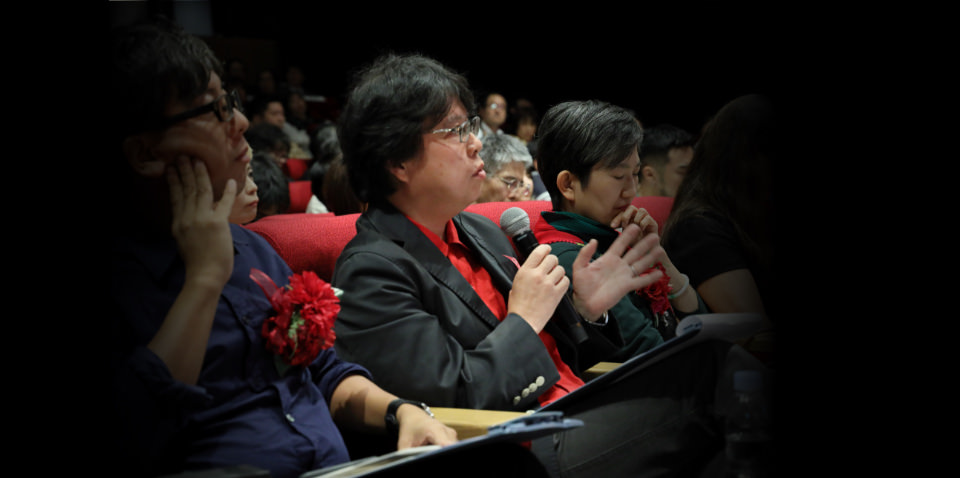PRESENTATION
The theme of this work is a narration about my deceased mother. I've previously created works that used things that have been lost as a point of entry. For this work, initially I was interested in a different theme than my mother, so I had two separate themes. Ultimately, what led to the completion of this work was merging the theme of my mother with my other theme.
My other theme is viewing objects in their pure form. Another way of putting it is looking at things with calmness. People in their social lives are judged based on such background information as their job title or career history. This form of judgement is certainly logical and normally serves its purpose well. Nevertheless, this method does on occasion result in incorrect judgements, because such background information deceives us and we do not really see what's there despite thinking that we are seeing the truth. I was interested in these kinds of situations. My idea was to validate photographically how and what we see, and by doing so cultivate a deeper understanding of photography.
What should we do so we can view objects in their pure form? The answer is organizing information by an order of priority, objectives, or other measure. For this work, I organized information by deleting the background. I placed a large white board behind the trees, which were my primary subjects, and photographed them. Varying a part of the information in the picture changes the overall impression conveyed from the picture. I believe organizing information can allow us to look more levelheadedly at objects. It can let us take in the entirety of the subject, down its smallest details.
However, I think there is something in the work that simultaneously expresses an uncomfortable feeling. That uncomfortable feeling acted on me during the process of making this work and triggered a particular experience. And that was showing an image of my deceased mother. Prior to this work, I had been trying to create a work about my mother for many years. I think this had a large influence. The experience of a specific image is a very personal one, but I found it to be very evocative. The impression I was left with was that the photograph had been created by my memories and interests.
At this point, I had a clear vision of the completed form of the work. I realized I needed an experience that would create a relationship between the pictures and the viewer's interests and memories as well as a trigger to bring the experience to life. Therefore, I titled the work “Portraits of My Deceased Mother” to create this trigger. As you have seen, there is nothing in the pictures related to my mother. Plus, deliberately announcing these are portraits of my deceased mother paradoxically serves as a notice of my mother's absence. The subjects — trees and plants — are useful in bringing to the fore, metaphorically, my mother's image and existence. A notice about a presence that is not here informs us about the outside of the world we are perceiving now. Viewers experience their own attitude in confrontation with the work. Whatever the experience, be it love or hate, empathy or rejection, it informs the viewer: in other words, us.
I printed this work on washi paper. Using thin washi paper provides another pattern, even further behind the picture's background, that can be seen faintly. Although produced incidentally, the pattern created a desirable sensation, working positively on the viewing experience. What is expressed in this form — about the visible, the invisible, what's present, what's absent, and, furthermore, about time — reinforces the experience expected through the work.
This work was completed through the convergence of two interests: the act of seeing, and the attempt to say something with my deceased mother as an entry point. I admit I hesitated a little in using my deceased mother as a theme. In the end, however, I think selecting someone that had materially existed and that I know well and from there talking about what should be talked about, using photography, enabled me to create a stronger work.


Is there any connection such as a park or a tree your mother liked while she was alive?
(Koda)
I began with the subjects I had naturally selected from memories of my mother at the time I was working on the predecessor to this work. That previous work is incomplete, but including the “seeing” theme and merging the two led to this work.

Judges’s Comment
Mikiya Takimoto (selector)
This work consists of pictures of trees, yet it is not scenery; it is deeply infused with emotion, sadness, and loneliness. Judging the book, I was struck by the thin washi paper. It may be the size, but the books had quite a different impression on me than the exhibit, and I felt the work had a somewhat different expanse. Did you have any criteria to select the trees for the photos?
(Koda)
My conditions were a tree small enough that I could physically conceal the background with my board and that the ground was fairly level. So, it's a fact that the subjects were governed by the size of the tree and the condition of the ground underneath the tree.